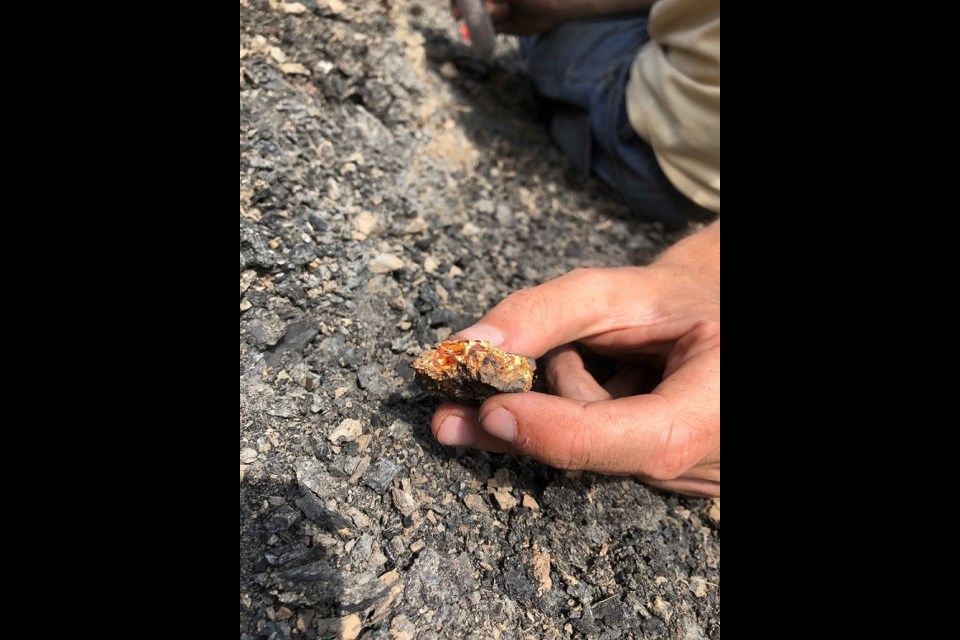REGINA — A major discovery by Royal Saskatchewan Museum researchers shows that large ecological changes occurred in insects before the extinction of the dinosaurs.
This research, featured in the scientific journal Current Biology, is significant for Canadian paleontology. The papers describe the first insect fossils found in amber from Saskatchewan, as well as the unearthing of three new species of ants from an amber deposit in North Carolina that add to the story of insect evolution in Saskatchewan and beyond. The first paper describes fossils from an amber deposit in the Big Muddy Badlands, near Bengough, Sask. This deposit formed approximately 67 million years ago, preserving insects that lived in a swampy redwood forest about one million years before the extinction event that wiped out the dinosaurs.
The research team was led by the Royal Saskatchewan Museum's Curator of Palaeontology Dr. Ryan McKellar, and Curatorial Assistant Elyssa Loewen.
"These new fossil records are closer than anyone has gotten to sampling a diverse set of insects near the extinction event, and they help researchers fill in a 17-million-year gap in the fossil record of insects around that time," Dr. McKellar said.
The new amber deposit from Saskatchewan is important because it shows an insect turnover, or extinction, before the end of the Cretaceous. These changes may have helped set the stage for the extinction of the dinosaurs.
"Fossils in the amber deposit seem to show that common Cretaceous insects may have been replaced on the landscape by their more modern relatives, particularly in groups such as ants, before the extinction event," Loewen said.
Dr. McKellar was also part of the international team that describes three new species of ants from an amber deposit in North Carolina. All three ants belong to extinct groups that did not survive past the Cretaceous - these fossils are the youngest records anyone has been able to find for groups that flourished in the Cretaceous. The amber is Cretaceous in age and about 77 million years old.
"When combined with the work in Saskatchewan, the two recent papers show that there was a dramatic change in ant diversity sometime between 77 and 67 million years ago," Dr. McKellar said. "Our analyses of body shapes in the fossils suggests that the turnover was not related to major differences in ecology, but it may have been related to something like the size and complexity of ant colonies. More work is needed to confirm this."
This turnover in insects has also been spotted by other teams studying amber deposits in Asia, so it may have been a worldwide phenomenon that occurred prior to the extinction that wiped out the dinosaurs.
Regular academic publishing contributes to the Royal Saskatchewan Museum's status as an internationally-recognized centre for research and teaching.
"At the Royal Saskatchewan Museum, there is always a potential new exciting discovery on the horizon to amaze us," Parks, Culture and Sport Minister Laura Ross said. "Whether it is uncovering a rare bee specimen or fossilized turtle to reassembling the world's largest Tyrannosaurus, the work of our museum's scientists is as fascinating as it is wide-ranging."
To learn more about the Royal Saskatchewan Museum's programming and world class research, visit https://royalsaskmuseum.ca.




